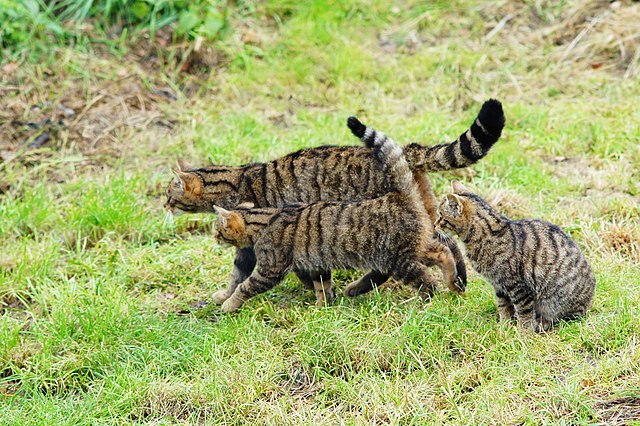Most of my memories from Easter are pretty secular. It’s not because we weren’t a religious household, but more because Quakers don’t much much stock in “holy days”, and my family mostly saw it as an excuse to celebrate and see relatives. We did egg hunts, we got huge baskets of candy from my grandmother – all the usual stuff. I think that’s part of why the claims of a pagan origin for the holiday never really interested me all that much. I believed them, but it didn’t really change how I saw things. This also means that discovering that all the Ishtar/Ostara stuff seems to be bunk also doesn’t really ruffle my feathers. It certainly seemed plausible, but it’s just as plausible that another chain of events led to the odd mishmash that is the modern USian conception of Easter. In fact, it’s apparently more plausible:
I’ll admit that I fully bought into the Ostara story and I was honestly shocked to learn that this story has only one single source, and it’s NOT from anyone who worshiped her, and maybe not even someone who lived in a time when anyone worshiped her. We know of Ostara only because of an 8th century English Christian monk named Bede, who wrote that the local pagans used to hold festivals in Ostara’s honor each Spring, but that with the Christianization of the area, the practice died out before his time. That’s it! A THOUSAND YEARS LATER, Jacob Grimm (of the famous Brothers) took that description and ran with it, asserting with no evidence that Ostara’s festivals directly connect with Easter and are the reason why we do so much weird shit to celebrate Jesus dying, like how we all love to eat “pastry of heathenish form.” That’s a direct quote from Grimm’s Deutsche Mythologie, and FYI it is now a permanent part of my family’s Easter traditions.
“This binding on of the ‘Easter seax’, or sword-knife, leads us to infer that a sword of peculiar antique shape was retained; as the Easter scones, ôsterstuopha (RA. 298) and moonshaped ôstermâne (Brem. wtb.) indicate pastry of heathenish form.”
Note that in the late 19th century, 150 inscriptions were found in Germany that related to three goddesses that seem to have been known as the Matronae Austriahenae , which linguists say could be related to Ostara, but there’s no proof of it.
With that in mind, maybe this goddess DID exist as a thing that some pagans worshiped, and maybe Bede was right that they held festivals in the spring in her honor, but we have no evidence that any of that is at all connected to present day Easter traditions, especially considering that even Bede said it died out before even his time. It seems that the idea of Easter being based on ancient pagan rites started in the early 19th century with Grimm. If you’d like to know more, Stephen Winick at the Library of Congress went down the, er, rabbit hole on the history of this misconception.
So, why DO we eat eggs laid by bunnies to celebrate a demigod being tortured and killed every spring? Well, it’s probably because all the things we associate with Easter are associated with spring in general, and with rebirth, which is the entire theme of the Christian holiday: eggs have been a symbol of rebirth for at least two thousand years, rabbits emerge into people’s gardens in the spring, lambs are born in the spring, and as for where the bunny laying the egg came from, nobody really knows! But English folklorist Richard Sermon came up with a guess that I quite like, which is that “a hare’s scratch or form and a lapwing’s nest look very similar, and both occur on grassland and are first seen in the spring.” Maybe it all started with one hilarious parent pulling a prank on their kids.
That’s actually pretty neat! It’s also a good reminder to be skeptical about stories that “feel right” to us, as well as those we’re already inclined to disbelieve. Anyway, happy Easter to those who celebrate, and I hope everyone has a good day.



